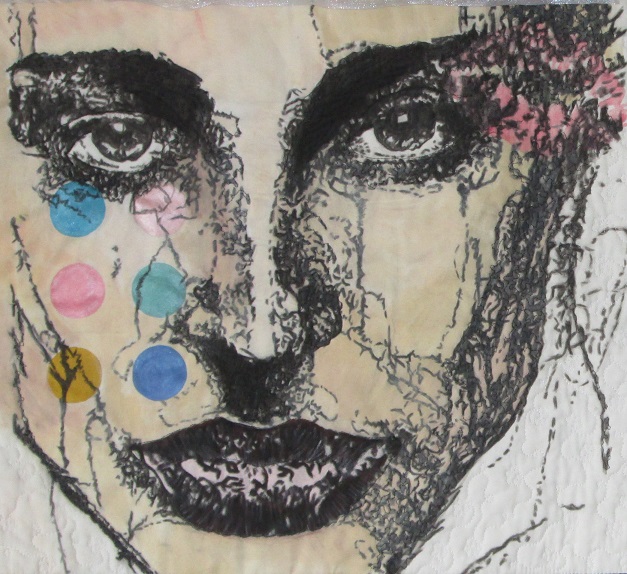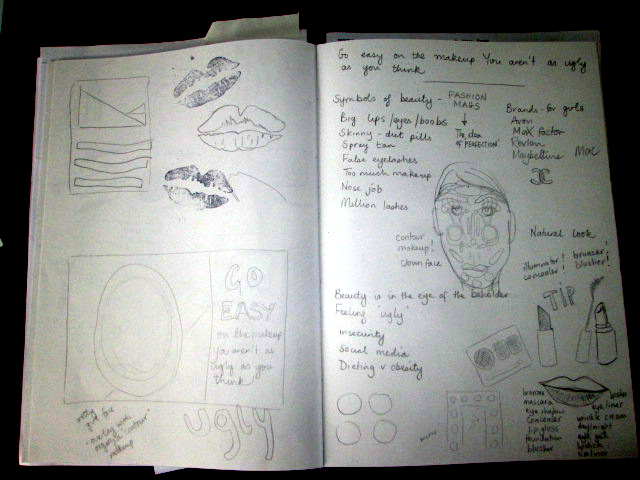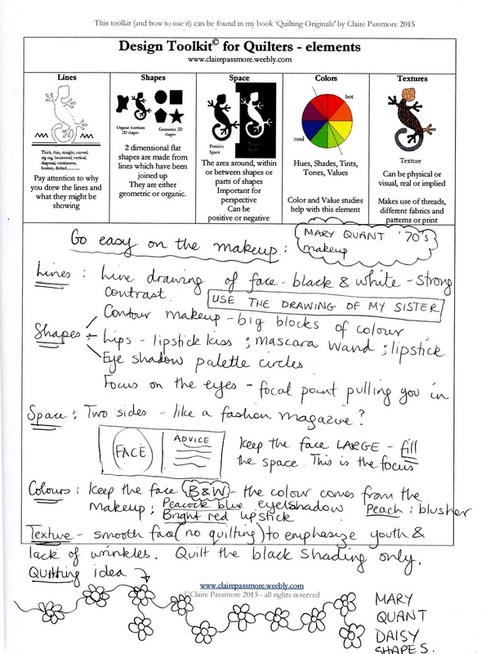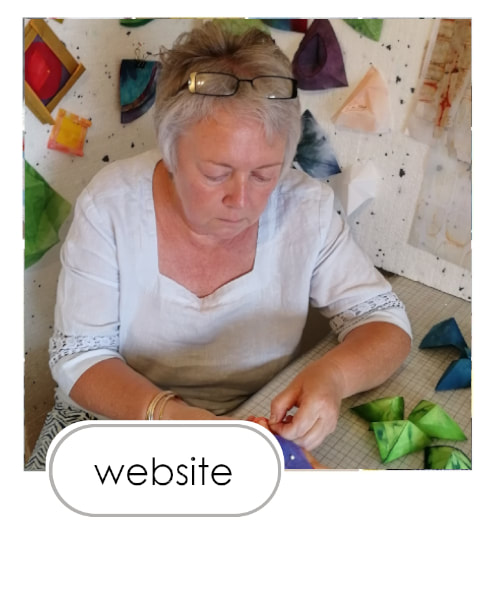Turning an idea into a quiltOne of the things I get asked most frequently is 'Where do you get your ideas?' Fortunately the answer to that is reasonably straight forward. I keep my eyes and ears open and try to notice things that are going on around me. I try to notice things that strike me as interesting, annoying, pretty, ugly, shocking ... and then record them in some way. Mostly I take a quick photo, but sometimes I make a quick scribbled drawing or write something to remind me on whatever piece of paper I have to hand. That is the easy bit! The other question I get asked is 'How do you turn your ideas into quilts?' For me this is a much more interesting question. When I see other people's work I almost always wonder how they took their original idea (often this is explained in their artists statement) and then transformed it into a unique quilt. That is the magic that I want to be able to understand - because if I can get a handle on that, maybe I will be able to make better quilts. So, since I have started to share the progress of this quilt with you I thought I would share my 'how'. This is the process I went through to come up with this quilt design. You might be aware that I published a book about this very topic back last year (you can find details of it here) and in it I explained the use of a toolkit I created to help with the process. The original idea: The idea for this quilt came from a conversation I overheard on a train between two girls as they were browsing through their magazines. I think they were sisters as they seemed to have that love/hate thing going on. The older of the two girls was clearly in the mood to put the other in her place and came out with this charming piece of advice. At first I thought she was being particularly venomous, but upon reflection I think it was a sound piece of advice. This is what she said;
"Go easy on the makeup; you aren't as ugly as you think."
Starting the design: I didn't really need a reminder of this quote, as I spent the rest of the train trip pondering what she had said. When I got off the train I started to notice how much makeup some girls/ women do actually wear - and some of it really was quite shocking! Extra long lashes are definitely 'in' as is something I have discovered Kim Kardashian has made famous, called 'contour makeup'. Click here if you have 7 minutes to waste. Done well it can make a positive difference. Done badly it just looks like - well you decide! Clickhere to see!!! However, when I got home, just to, make sure I didn't forget, I jotted it down in my sketchbook and left it at that for a while. Every now and again I added a few thoughts to the page, scribbled a few images that came to mind and wrote a few words related to the whole makeup thing. The main idea I decided to focus on is that although we think of makeup as somehow making us more beautiful, what it actually does is create a veil to hide behind. And that sparked off a whole new set of ideas about veils and one of my favourite fabrics - organza! So, as usual, my sketchbook was the starting place for turning my thoughts into pictures. I must emphasize that this is what works for me. If you want to give it a try, why not? What have you got to lose? However, if it doesn't work for you, don't lose any sleep over it! (It will give you wrinkles.) Although they are not in my sketchbook, I also looked through a few copies of 'Hello' magazine whilst at the dentist - and got some great ideas for how makeup can go horribly wrong. I also looked up some images of typical '70's makeup in the Mary Quant style on the internet - you can see them here. Refining the ideas with the toolkit: With all these ideas buzzing around in my head the next stage was to start to refine my thoughts to get a better idea of what I wanted to include in the quilt. This is the stage where I like to take a more structured approach and pin myself down a little more. What I need to think of next are the lines, shapes, colours and textures I want to use on the surface of the fabric. That is where my toolkit comes in. Below is an example of how I might go about this next stage. To keep things short and simple I have only given you a general idea of what I would think about at this stage. The design elements I want to incorporate in the quilt are identified in the 'elements' part of the toolkit above. Now, at least, I have some concrete ideas to start playing with. And playing is what I do next. In my book I explain in detail how I use my design toolkit using four of my quilts from my 'Destination Series' as examples.
I will add more to this post over the next few weeks, explaining further how I developed the quilt and showing you how it finally turns out.
Thanks for reading.
|
|








